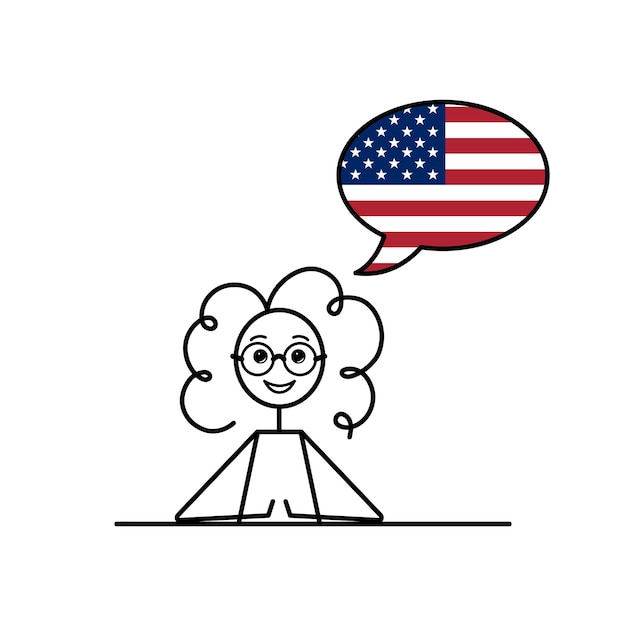Literacy autobiography
I’m Juliana Becerra Uribe, a junior who will be transferring to Rutgers next year to finish my joint program in Medical Imaging with a focus on Cardiovascular Sonography. Since I was little, I knew I wanted to pursue something in the medical field, and cardiovascular sonography felt like the perfect choice for me—or at least, it does for now.
I love animals, especially my dog Roky. There are many things I love about life that I’ve had the opportunity to experience, but being able to spend time with my dog and walk in nature is one of my favorite things to do. I also enjoy sewing and any activity that involves moving my body.
The reason I’m taking this class is because I needed a Gen Ed course, but Contemporary Literacies caught my attention because I enjoy seeing and understanding other people’s points of view or perspectives on life. I believe this class will encourage critical thinking and analysis of classmates’ work, which will eventually open my eyes to new ideas or reinforce my own ideals. I also intend to gain new information and tips on how to improve my communication skills, both in writing and speaking.

In my life, I believe I had two awakening moments when I realized I was literate. The first one wasn’t a big deal, but it was like, “Okay, okay, I got this.” I remember reading my first full sentence on a shirt that one of my family members was wearing. The memory is a bit hazy now—I just remember reading the shirt and understanding what it said. It was green, but I have no recollection of what the shirt said. At that moment, I knew I was able to read longer sentences, and after that, every time I saw something with big words or sentences, I would read it out loud. From shirts to billboards on the street, it became one of my favorite things to do when I first learned how to read. Even now, I still catch myself reading every sign or billboard I see when I’m in a car, looking out of the window.

When I think about literacy in my childhood, I don’t remember much being done at school. I recall doing a lot of reading at home, using a book called “Nacho,” designed to help kids learn how to read.
There’s a funny story my mom always talks about how I learned the vowels. She tried teaching them to me for a long time, but I just wasn’t getting it—I would forget them or mix up their order. Then one day, the lady who used to take care of me played a song with the vowels in it, and after just one day of listening to the song, I came home knowing the vowels. That’s as much as I remember about my early comprehension of literacy.



Juliana, Thanks for sharing an introduction, the great pictures (including Roky!) and sharing a part of your story. I love your 'aha' moment, reading and understanding the sentence on a t-shirt. I look forward to working together this term and am inspired by your goals to work in health and cardiology (bravo!).
ReplyDeleteProfessor Knauer